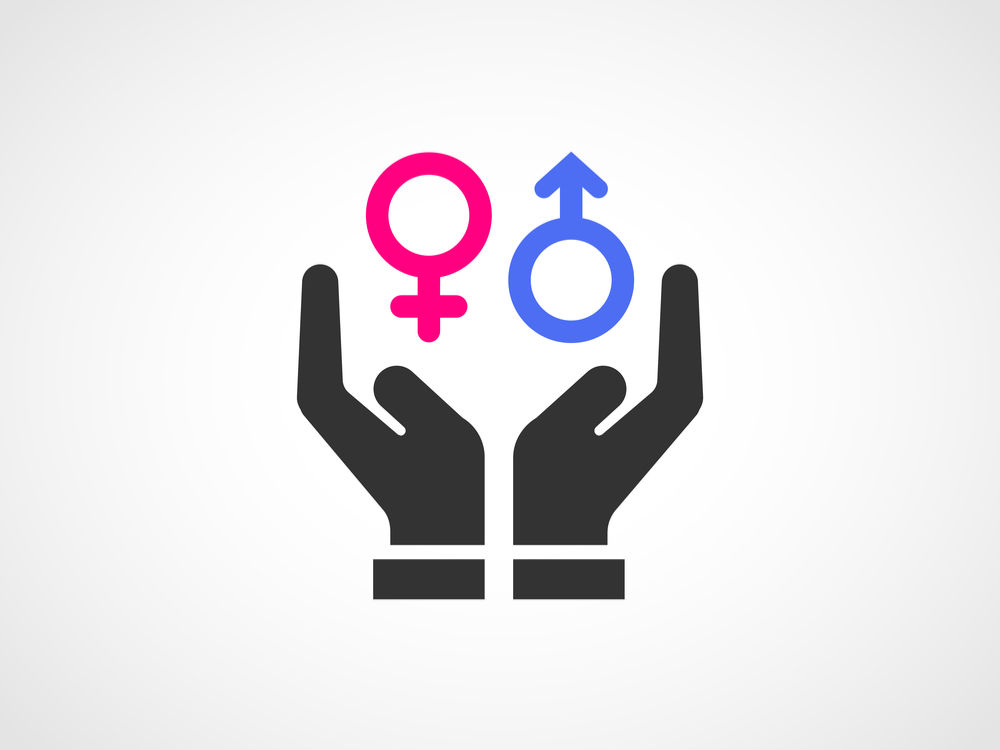PwC’s gender pay gap highest of Big Four
Across the firm’s entire workforce, including partners, PwC reports a mean gender pay gap of 43.8%
Across the firm’s entire workforce, including partners, PwC reports a mean gender pay gap of 43.8%

PwC has released its updated gender pay gap data to include partner and ethnicity data, becoming the final Big Four firm to do so.
Across the firm’s entire workforce, including partners, PwC reports a mean gender pay gap of 43.8% and a median gap of 18.7%.
PwC’s mean pay gap is marginally higher than the other Big Four firms, as EY and Deloitte reported theirs to be 38.1% and 43.2% respectively, and KPMG’s stands at 42%.
PwC’s mean gender pay gap for partners is 17.1% and the median gap is 20.5%.
The firm also released ethnicity pay gap data, with its Black Asian and Minority Ethnic (BAME) pay gap for all employees standing at 35.9% and the median gap, 11.7%.
Kevin Ellis, chairman and senior partner at PwC, said: “The increase in our gender and BAME pay gaps when partners are included highlights our need for more women and ethnic minorities in senior positions, including within the partnership.”
He added: “To be clear, we pay our women and men equally for doing the same or equivalent jobs across our business. The issue is one of senior representation rather than pay inequality and it is not good enough.”
Lauding the importance of gender gap reporting to improve workplace equality, Laura Hinton, chief people officer at PwC, commented: “There are no quick fixes to eliminate pay gaps, but as a firm we have a clear strategy and action plan to deliver on our targets for gender and ethnicity.”
“This includes: senior level accountability to build a strong and diverse talent pipeline; driving fair allocation of work and opportunities; investment in our returnship programme; focused recruitment activity and creation of additional progression coaches.”
Under government methodology for calculating the gender pay gap, without partners, PwC’s mean gender pay gap is 13.7% and its mean bonus gap is 37.5%.
The government explained that this exclusion was due to the fact that partners take a share of the organisation’s profits, “which is not directly comparable with employees’ pay.”